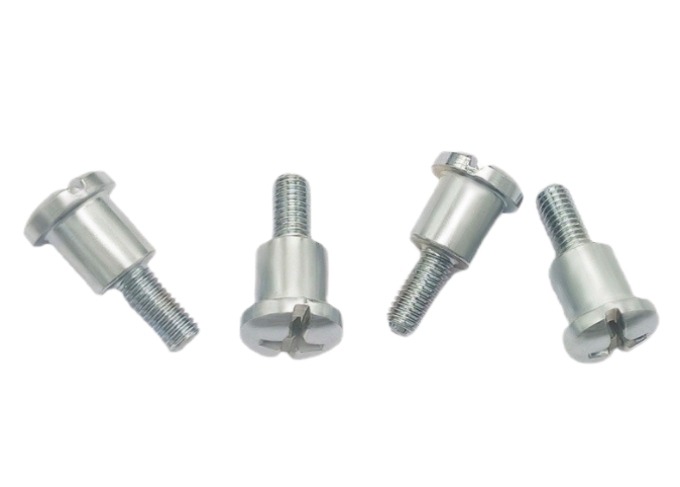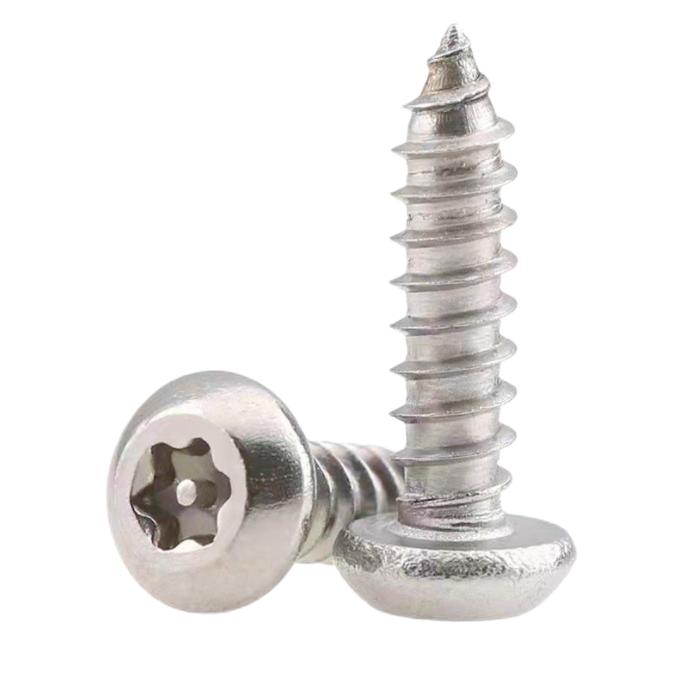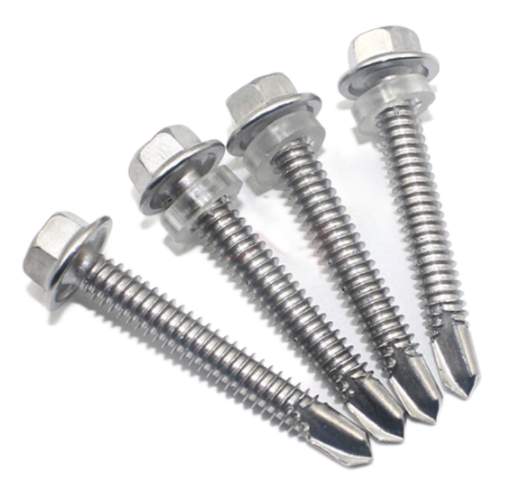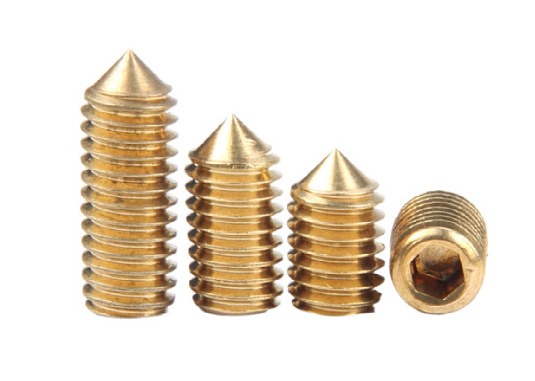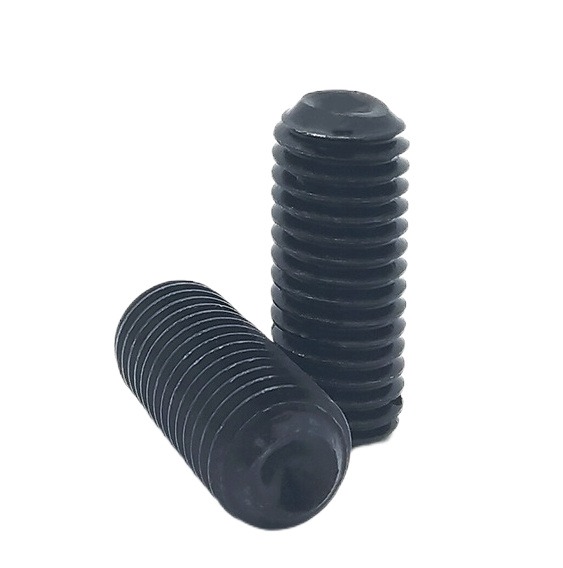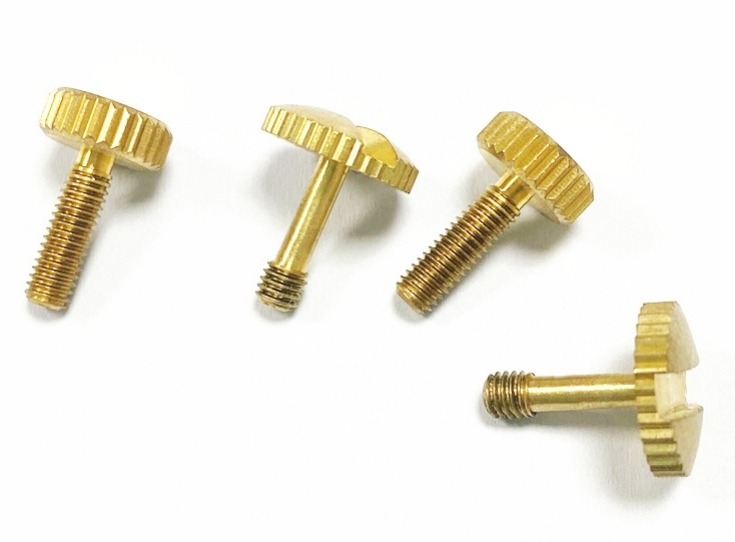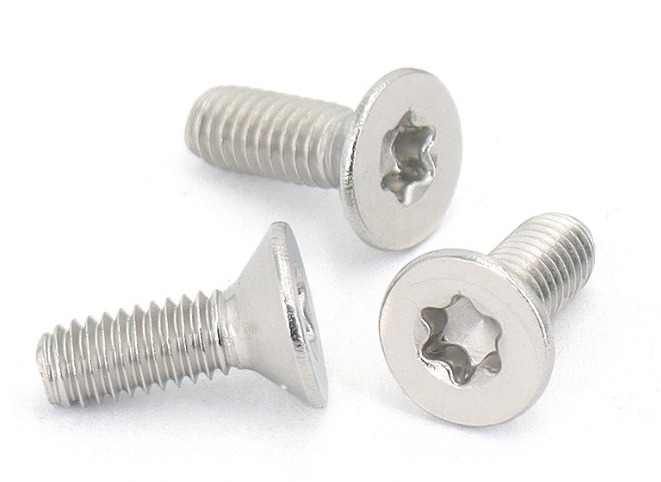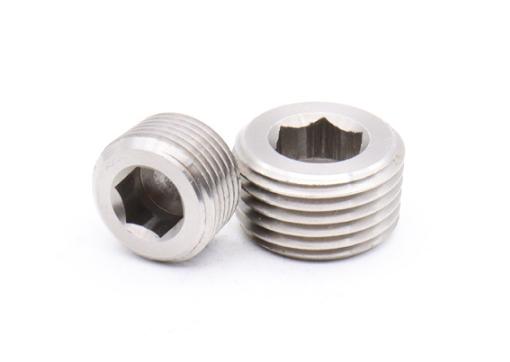What are the Set Screws for Door Handle
Door handles are an essential component of any functional space, providing us with access and security. Behind their smooth operation and firm grip lies a small yet crucial component known as the set screw. Set screws play a vital role in ensuring that door handles remain securely fastened and perform their intended functions. In this article, we will delve into the world of set screws for door handles, exploring their types, installation, and maintenance. Understanding the significance of set screws will not only enhance your knowledge but also empower you to maintain and troubleshoot door handles effectively. Let’s unravel the mysteries of set screws and discover how they contribute to the functionality and reliability of door handles.
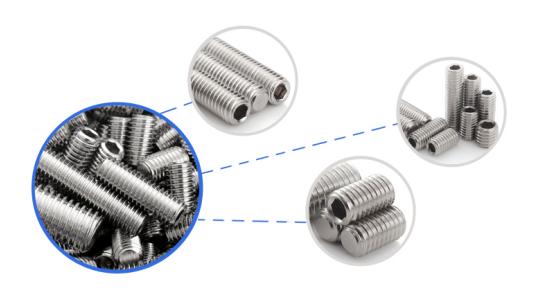
What are the Types of Set Screws Commonly Used in Door Handles?
There are several different types of set screws commonly used in door handles. The specific type of set screw used may vary depending on the design of the door handle and the manufacturer’s preferences. Here are a few commonly used types:
- Cup Point Set Screw: This type of set screw has a concave or cup-shaped indentation on the end. The cup point creates a firm grip when tightened against a flat surface, providing good resistance to loosening. It is commonly used in door handles where the set screw is inserted into a drilled hole in the handle and tightened against a shaft or spindle.
- Flat Point Set Screw: The flat point set screw has a flat end surface without any indentation. It provides a larger surface area of contact when tightened against a shaft or spindle, distributing the pressure evenly. Flat point set screws are suitable for door handles that require a flush surface against the shaft or spindle.
- Oval Point Set Screw: Oval point set screws have an oval-shaped indentation on the end. The oval point provides a concentrated contact area, creating a secure grip when tightened against a shaft or spindle. It is often used in door handles where the set screw needs to be aligned with a groove or indentation on the shaft for added stability.
- Cone Point Set Screw: This type of set screw has a pointed cone-shaped end. The cone point provides excellent grip and penetration into the shaft or spindle, ensuring a strong connection. Cone point set screws are commonly used in door handles where the set screw needs to penetrate and grip a slightly softer material, such as certain types of metal or plastic.
- Knurled Cup Point Set Screw: Knurled cup point set screws feature a cup-shaped indentation on the end with a textured knurled surface. The knurled pattern provides enhanced grip and resistance to loosening, even in applications with vibrations or movement. This type of set screw is often used in door handles that require a more secure fastening in challenging conditions.
It’s important to note that the specific type of set screw used in a door handle may vary depending on the manufacturer’s specifications, the design of the handle, and the material of the shaft or spindle being fastened. It is always recommended to consult the set screw manufacturer’s guidelines or specifications for the appropriate set screw type and size for a particular door handle.
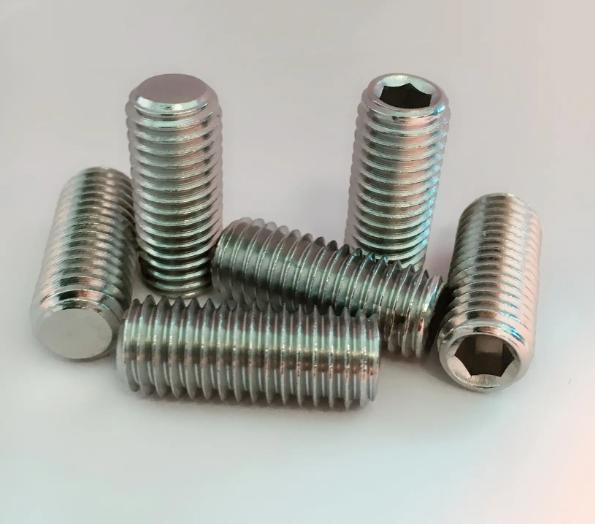
What are the Sizes of the Set Screws for Door Handle
The sizes of the set screw used in a door handle can vary depending on the specific door handle design, manufacturer specifications, and the type of set screw used. Generally, the size of the set screw is determined by its diameter and length. The most common set screw sizes for door handles are:
Diameter: Set screws for door handles typically range in diameter from 3mm (0.118 inches) to 6mm (0.236 inches). The exact diameter will depend on the specific handle design and manufacturer requirements.
Length: The length of the set screw is determined by the thickness of the door handle and the depth of the drilled hole where the set screw is inserted. Common lengths for set screws used in door handles can range from 10mm (0.39 inches) to 25mm (0.98 inches).
It’s important to note that the set screw size can vary between different door handle models and manufacturers. When installing or replacing set screws in a door handle, it is recommended to refer to the manufacturer’s instructions or specifications provided with the handle to ensure you use the correct size of set screw.
If you’re unsure about the appropriate set screw size for your specific door handle, contacting the manufacturer or consulting a hardware specialist can help you obtain accurate information. They can provide guidance on the specific set screw size required for your door handle model.
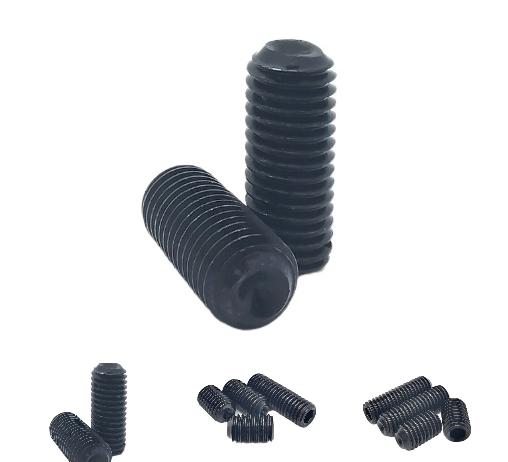
How to Installation and Maintenance of Set Screws for Door Handles?
Installation and maintenance of set screws in door handles are important to ensure proper functionality and longevity. Here are some guidelines for installing and maintaining set screws in door handles:
Installation of Set Screws for Door Handles
1. Gather the necessary tools: Before starting the installation process, ensure you have the appropriate tools such as a screwdriver (typically a hex or Allen key), pliers, and a level.
2. Position the door handle: Determine the desired location for the door handle and mark the spots where the set screws will be inserted. Use a level to ensure the handle is straight.
3. Insert the set screws: Insert the set screws into the designated holes on the handle. Make sure they are aligned with the shaft or spindle.
4. Tighten the set screws: Using the appropriate tool, such as a hex key or screwdriver, tighten the set screws snugly against the shaft or spindle. Avoid over-tightening, as it may damage the handle or cause misalignment.
5. Test the door handle: After tightening the set screws, check the functionality of the door handle. Ensure it operates smoothly and doesn’t have excessive play or wobbling.

Maintenance of Set Screws for Door Handles
1. Regular inspection: Periodically inspect the set screws to ensure they remain tight and secure. Loose set screws can cause the handle to wobble or become unstable.
2. Tightening loose set screws: If you notice any looseness or wobbling in the door handle, use the appropriate tool to tighten the set screws. Check all set screws and tighten any that have come loose.
3. Lubrication: Apply a small amount of lubricant to the moving parts of the door handle, such as the spindle or pivot points, to ensure smooth operation. Follow the manufacturer’s recommendations for the type of lubricant to use.
4. Replacement if necessary: If a set screw becomes damaged, stripped, or is unable to provide a secure connection, it may need to be replaced. Contact the manufacturer or a hardware store to obtain the appropriate replacement set screw.
5. Professional assistance: If you encounter any difficulties during installation or maintenance, or if the door handle continues to have issues despite your efforts, consider seeking professional assistance from a locksmith or door handle specialist.
By following these installation and maintenance practices, you can ensure that the set screws in your door handles remain secure and the handles function properly over time.
Conclusion
In conclusion, the often-overlooked set screws are a fundamental element in the world of door handles. These small but mighty fasteners ensure the stability, security, and longevity of our handles, enabling them to withstand daily use and the test of time. From cup point to flat point, oval point to cone point, each type of set screw offers unique characteristics tailored to specific handle designs and materials. By understanding the installation and maintenance procedures, we can ensure that our door handles remain steadfast, providing seamless access and adding a touch of elegance to our living spaces.

